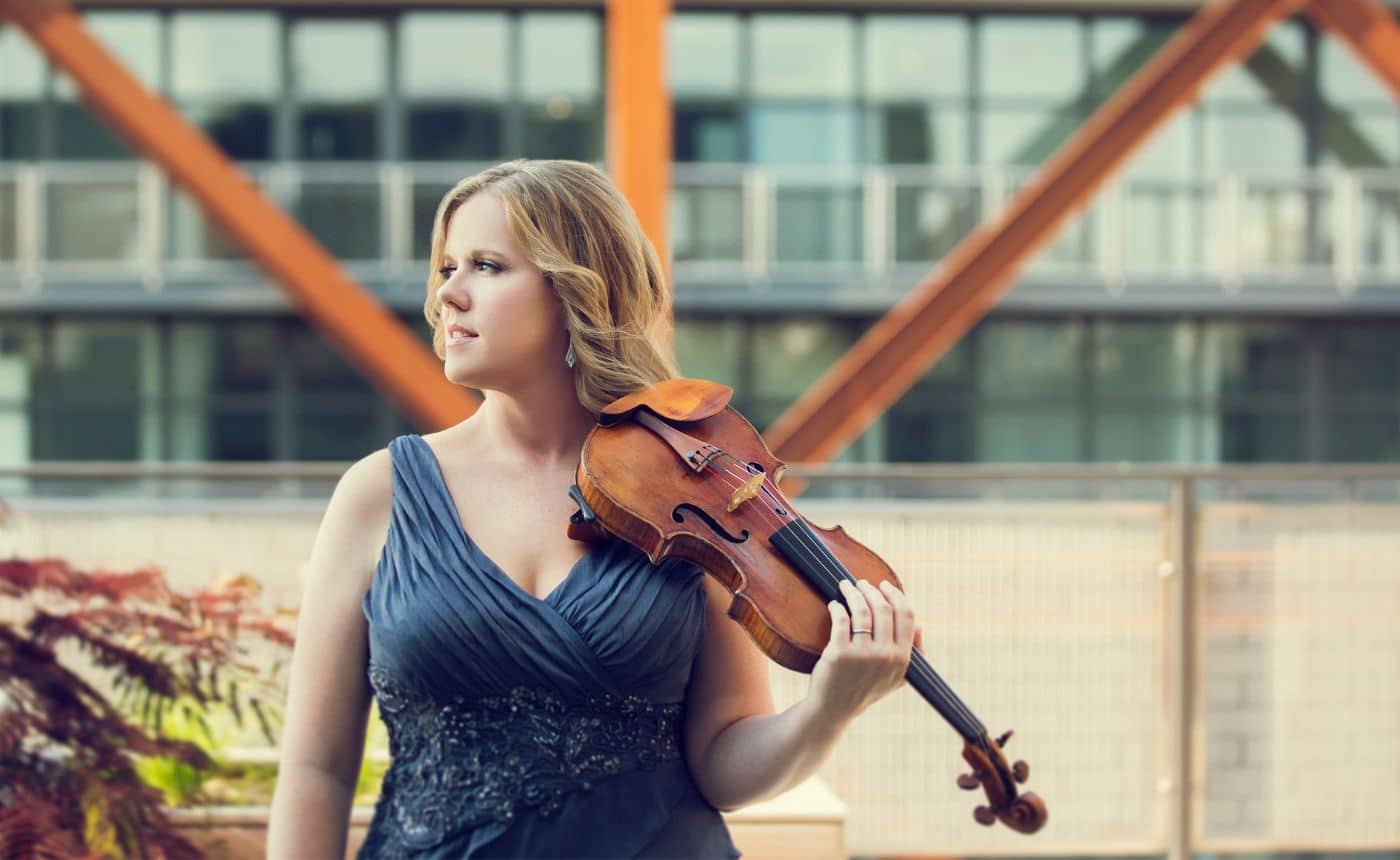BEETHOVEN: Symphony No. 1
Music scholars — in fact, historians of all sorts — love to divide lives and eras into threes, and in Beethoven’s case, this practice began when he was still alive and has endured to the present day. But when it comes to his Symphony No. 1, generally categorized as “early Beethoven,” we learn more by considering that this important work came at the beginning of a new century. More than just the calendar was changing. Beethoven was 29 when he composed this symphony, in 1799 and 1800, and it represents the start of something new and epochal for him: his foray into symphonic form. His teachers Haydn and Mozart were masters of the symphony, and in his first attempt, Beethoven paid homage to their mastery while daring to innovate.
It’s no secret that Beethoven chafed under Haydn’s instruction, and we can well imagine that Beethoven’s questing, rebellious artistic spirit might have clashed with Haydn’s statesmanlike formalism. Beethoven reserved his first efforts at the string quartet and the symphony, the two forms for which Haydn was most noted, for the very end of his “early” period, by which time he was fully confident of his composing skills and his unique voice. In his Symphony No. 1, Beethoven was keen to demonstrate his full command of the symphonic form as Haydn had used it, while broadening the form in scope and artistic ambition.
During his lifetime, Beethoven — along with the German writer Johann Wolfgang von Goethe — became one of the two most celebrated cultural figures in continental Europe. In 1800, though already famous, he had not yet reached that level of celebrity. But his first symphony was definitely a step in that direction. Contemporary critics immediately recognized it as something new and important, hailing its beauty and originality.

Ludwig van Beethoven
One contemporary Viennese critic called the symphony “a masterpiece that does equal honor to [Beethoven’s] inventiveness and his musical knowledge. Being just as beautiful and distinguished in its design as its execution, there prevails in it such a clear and lucid order, such a flow of the most pleasant melodies, and such a rich, but at the same time never wearisome, instrumentation that this symphony can justly be placed next to Mozart’s and Haydn’s.”
Considering the sense of grace and courtliness that prevails as we listen, it may be surprising to note that for some ears, Beethoven’s innovativeness was a little too bold. For example, the first movement opens with the dominant chord that moves to the subdominant…a little harmonic adventure that piques our curiosity before resolving into the tonic key. No other composer of the day would have dared to begin a symphony in this fashion, and according to one critic, “such a beginning is not suitable for the opening of a grand [concert hall.]”
For today’s listeners, this startling introduction has the opposite effect, opening our ears and sweeping us headlong into the onrush of music. And while the second movement begins with more traditional reserve — violins singing an elegant theme — Beethoven soon steps up the energy and then keeps it at a higher-than-customary level, whisking us along with a quick-stepping minuet. According to one present-day musicologist, it is “a scherzo in all but name.” Beethoven surprises us again with the final movement, which opens with a stately adagio that shows no signs of going anywhere, then suddenly opens onto a brisk and bubbling finale.
“Early” Beethoven? Arguably, yes: This symphony shows the composer’s deference to the Classical style and the teachers who imparted it to him. But it also reveals the boldness of artistic spirit and the originality through which he would eventually leave Classicism behind, reinventing the symphony for future generations. The craft he honed in his “early” symphonies would eventually enable Beethoven to make the great philosophical statements of his later ones.











